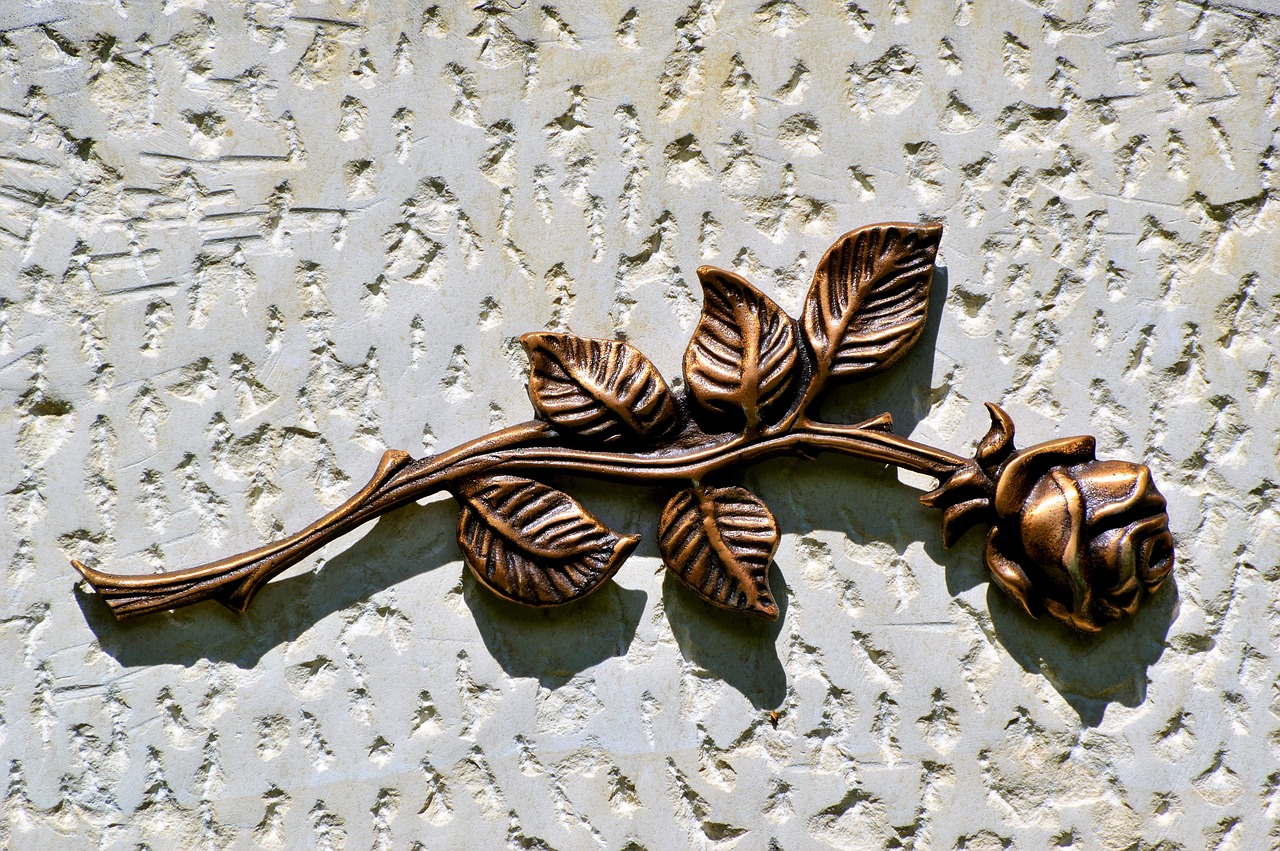In the ever-evolving digital age, the importance of preserving our cultural heritage cannot be overstated. As technology advances, it opens up unprecedented possibilities for safeguarding the artistic expressions that commemorate our shared history.
Digital preservation stands at the forefront of these efforts, offering innovative ways to protect and perpetuate memorial art for future generations.
By harnessing the power of digital tools, we can ensure that the stories and memories embodied in these artworks remain accessible and intact.
Why is Preserving Memorial Art Important?
Memorial art, from statues to murals, acts as a vital link to our past, honoring our history and cultural heritage. Yet, these treasures face threats from time, the environment, and human activity, risking loss and deterioration. To counter this, innovative approaches like Memorialize Art’s custom family portraits breathe new life into preserving our heritage.
These unique artworks transform cherished photos into enduring art pieces, ensuring the memories of loved ones inspire future generations. Despite these efforts, the challenges remain significant, with environmental exposure, vandalism, and maintenance issues threatening the survival of these important memorials.
The Evolution of Memorial Art Preservation
Preservation of memorial art has shifted dramatically, from hands-on restoration to digital safeguarding. Traditional methods focused on physical repairs and environmental protection but were limited by the potential for altering or damaging the originals.
Traditional Methods of Preservation
Originally, artisans and conservators used chemical treatments and controlled environments to slow decay and repair wear. These methods, though effective in some respects, couldn’t halt the inevitable deterioration and sometimes changed the artwork’s character.
The Shift to Digital
The digital era has revolutionized preservation, allowing for the creation of detailed digital replicas without risking the original pieces. Digital technologies not only preserve but also enhance accessibility, enabling immersive virtual experiences that bring historical narratives to life. This shift ensures the perpetual legacy of memorial art, transcending the limits of physical preservation.
What are the Benefits of Digital Preservation?
The adoption of digital preservation offers endless opportunities for preserving and sharing cherished memorials. Here are some of its benefits:
Enhanced Accessibility and Outreach
One of the key advantages is the enhanced accessibility and outreach that digital formats provide. Digital replicas can be made available online, allowing individuals from around the world to experience and learn from these cultural treasures.
Interactive Experiences and Storytelling
Moreover, digital preservation enables the creation of interactive experiences and storytelling. Through virtual tours, augmented reality, and multimedia presentations, the historical and cultural significance of memorials can be brought to life in ways that were previously impossible with physical artifacts alone. This not only enriches the understanding of these memorials but also fosters a deeper connection with the past.
Safeguarding Fragile Memorials
Additionally, digital preservation allows for the safeguarding of fragile or deteriorating memorials. By creating digital backups, the risk of losing valuable historical and cultural artifacts due to physical degradation is mitigated. This ensures that even the most delicate memorials can be preserved in a digital time capsule, safeguarding their legacy for generations to come.
The Future of Memorial Art Preservation
As we look ahead, the future of memorial art preservation is poised at the exciting intersection of technology and cultural heritage. The ongoing advancements in digital technologies promise not only to protect but also to redefine our relationship with historical artifacts.
Emerging Technologies and Their Potential
Innovations such as 3D scanning, blockchain for provenance tracking, and advanced materials for physical preservation are setting new standards. These technologies offer unprecedented accuracy in digital replicas and provide more sustainable solutions for physical conservation, potentially revolutionizing how we preserve and interact with memorial art.
The Role of AI in Future Preservation Efforts
Artificial Intelligence (AI) stands to play a pivotal role, from predictive conservation to automated restoration processes. AI can analyze vast datasets to predict deterioration patterns, guiding preemptive conservation efforts. Moreover, it can assist in restoring digital versions of artifacts, filling in gaps in our historical understanding with informed predictions about their original states.
Fostering a Culture of Preservation
The future of preservation isn’t solely technological; it requires cultivating a broader cultural appreciation for our historical artifacts. Engaging communities through education and participation in preservation activities ensures that the importance of memorial art is recognized and valued. Encouraging public and private sectors to invest in preservation technologies signifies a collective commitment to safeguarding our cultural heritage for generations to come.
Conclusion
In conclusion, digital preservation offers endless opportunities for preserving memorial art. By leveraging technology, we can overcome the challenges of physical preservation, enhance accessibility, and create immersive experiences that breathe new life into historical and cultural artifacts. As we look to the future, let us embrace the potential of digital preservation to safeguard our collective memory and ensure that the legacy of memorial art continues to thrive.

